Key Points:
-
Jack Dorsey, rumored by some to be Satoshi Nakamoto, claims “Bitcoin is not crypto,” reigniting debate over BTC’s fundamental purpose.
-
The argument centers on Bitcoin’s monetary identity versus the broader speculative crypto industry.
-
Dorsey’s stance underscores Bitcoin’s original mission as decentralized money, distinct from newer blockchain tokens.
Dorsey’s Declaration Sparks Fresh Identity Debate
Bitcoin’s most enduring mystery — who truly created it — gained a new twist this week after Jack Dorsey, founder of Twitter (now X) and CEO of Block, made a bold statement that reverberated across the crypto community: “Bitcoin is not crypto.”
The post, shared on Sunday to his 6.6 million followers, amassed thousands of comments and reignited long-running speculation about Bitcoin’s philosophical foundations — and Dorsey’s own possible connection to Satoshi Nakamoto, the pseudonymous creator of Bitcoin.
While Dorsey has denied the rumors linking him to Satoshi — quipping in a 2020 interview with Lex Fridman, “If I were, would I tell you?” — his latest message has nonetheless intensified public debate about what Bitcoin truly represents.
“Crypto” vs. “Currency”: Revisiting Bitcoin’s Original Design
At the heart of Dorsey’s statement lies a semantic but critical distinction. While mainstream narratives bundle Bitcoin together with thousands of digital tokens under the “crypto” umbrella, Dorsey argues that Bitcoin’s essence is monetary, not technological or speculative.
His view finds support in Bitcoin’s founding documents. The 2008 Bitcoin white paper, authored by Satoshi Nakamoto, never uses the term “crypto.” Instead, it describes Bitcoin as “a purely peer-to-peer version of electronic cash” and an “electronic payment system based on cryptographic proof instead of trust.”
In a 2010 Bitcointalk post, Satoshi also characterized Bitcoin as “a digital currency using cryptography and a distributed network to replace the need for a trusted central server.”
Nowhere, Dorsey notes, does the creator describe it as a “crypto asset.”
This differentiation matters because it frames Bitcoin as money — a store of value and medium of exchange — rather than as part of the speculative “crypto” sector dominated by venture-backed tokens and experimental DeFi ecosystems.
Market Implications: Bitcoin as Monetary Infrastructure
Dorsey’s argument coincides with a broader trend among institutional investors, who increasingly treat Bitcoin as digital gold rather than as a generic crypto asset. Data from CoinMetrics shows that over 75% of Bitcoin’s total supply has not moved in over six months, signaling strong conviction among long-term holders.
At the same time, companies such as Block and Strike continue developing Bitcoin payment infrastructure — including zero-fee BTC transactions, expected to roll out globally through Square by 2026.
These developments suggest that Bitcoin’s evolution is diverging from the broader crypto economy, which remains heavily tied to speculative trading and token issuance. As Dorsey wrote in an earlier post just before his “not crypto” tweet: “Bitcoin is money.”
For Dorsey, this is not just rhetoric. His financial firm Block has integrated BTC into payment systems, promoting it as an open monetary network that transcends borders and intermediaries.
A Philosophical Divide Inside Digital Finance
Dorsey’s stance also underscores a growing ideological split in digital finance. On one side stand those who view Bitcoin as a monetary revolution — an apolitical form of money built to outlast fiat systems. On the other side are advocates of “crypto,” who emphasize innovation, programmable assets, and decentralized applications.
This divide echoes an old tension between monetary purists and technological progressives, and it continues to shape how institutions, regulators, and investors approach digital assets.
From a psychological perspective, Dorsey’s framing appeals to Bitcoin maximalists who see BTC’s simplicity — limited supply, decentralized network, and robust security — as virtues in contrast to the complex, fast-evolving world of altcoins.
Looking Ahead: Redefining Bitcoin’s Place in the Digital Era
Whether or not Jack Dorsey’s statement was meant to provoke or clarify, it has once again brought Bitcoin’s core identity into focus. As markets mature and the next wave of blockchain adoption unfolds, Bitcoin’s differentiation from “crypto” could strengthen its legitimacy as digital hard money in an age of persistent inflation and financial experimentation.
In a digital ecosystem crowded with innovation and speculation, Dorsey’s words s

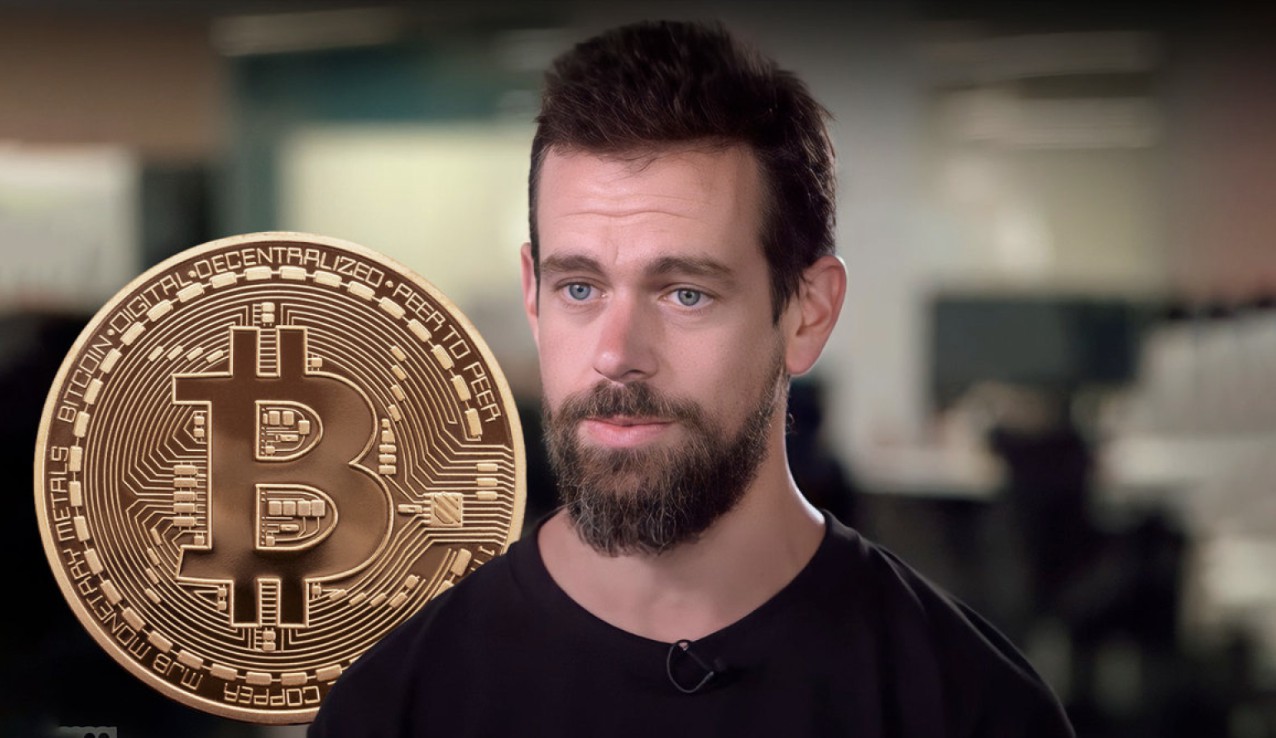


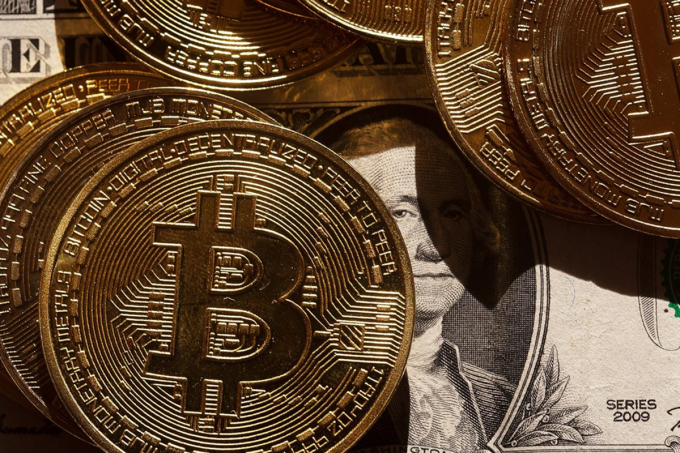
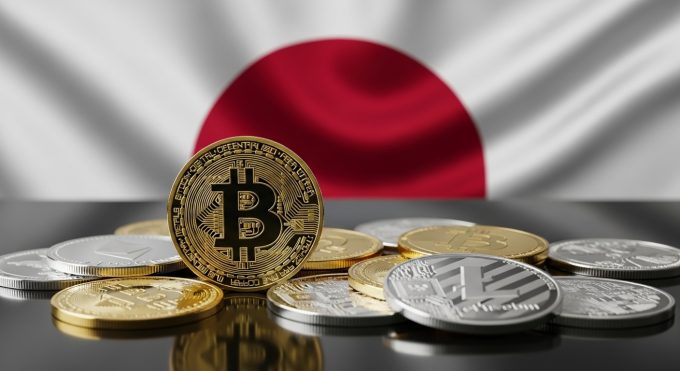
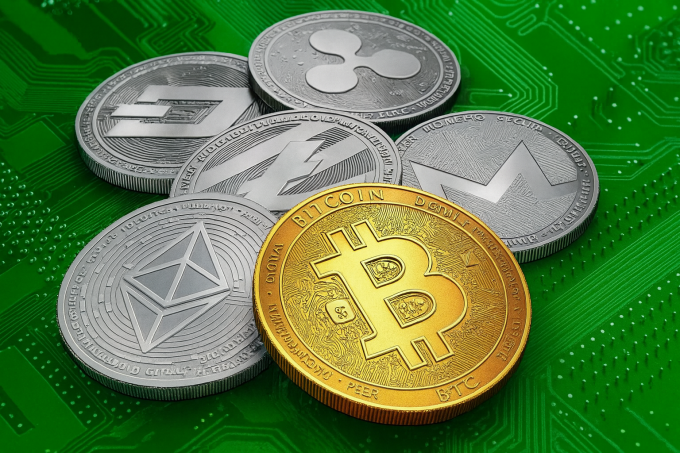

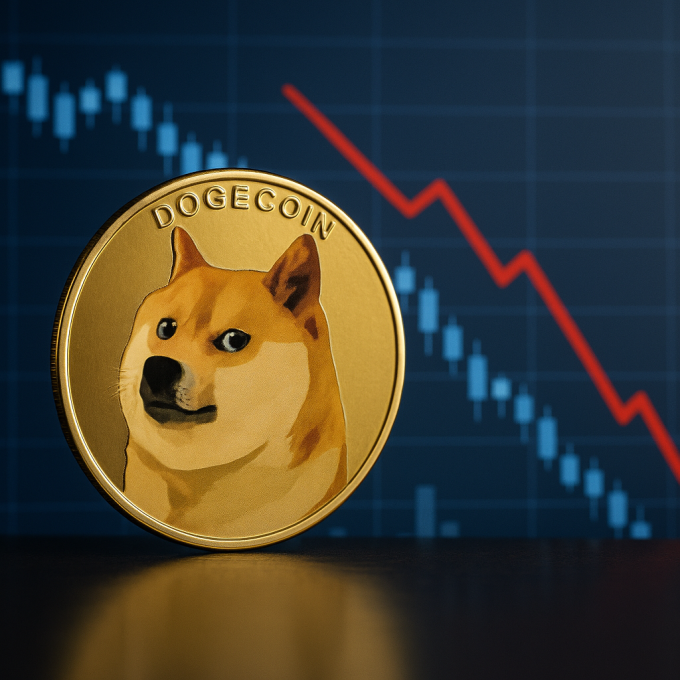




https://shorturl.fm/VxK3f